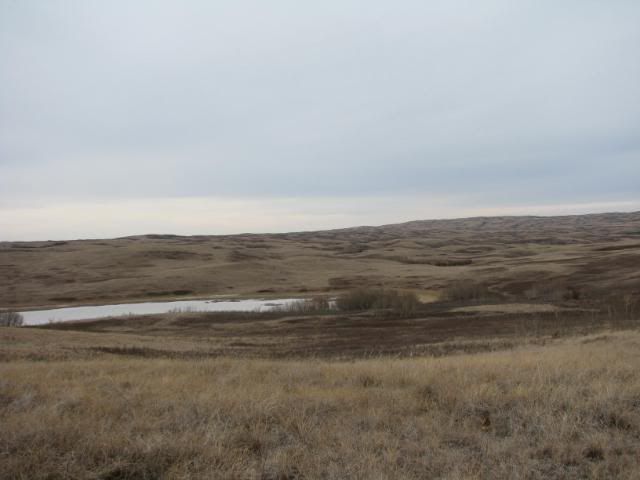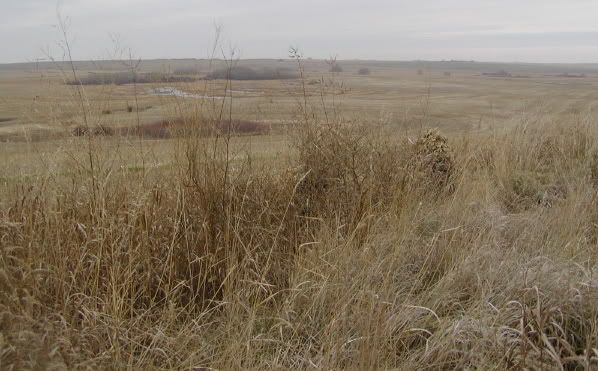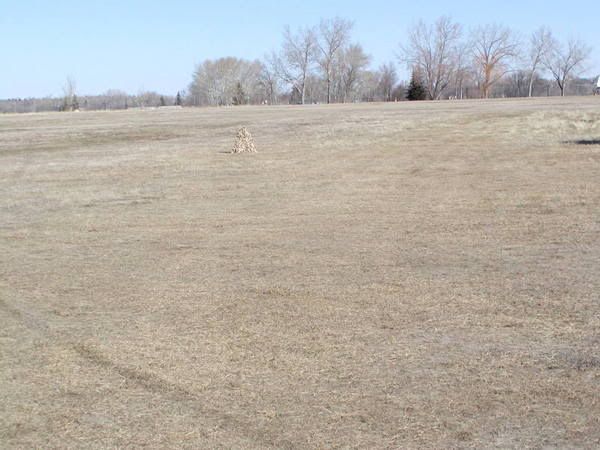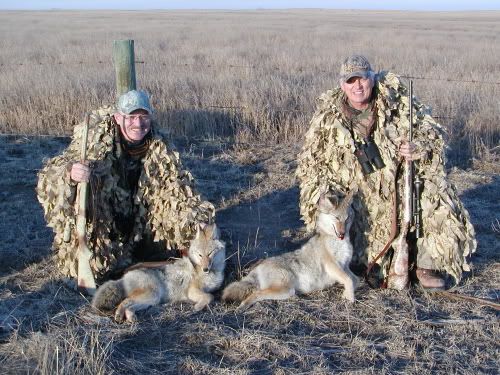Long time lurker, first time poster. Some great info on here guys!
I need some advice getting coyotes to come to my call. I have only been trying for a few months but I am limited by my environment.
Where I live, it is mostly farmland with country roads every square mile. There are coyotes allright, I hear them and catch quite a few during trapping. But they are under heavy pressure. The local farmers and road hunters take shots at them whenever they see them. They get chased a lot by pickups out in the fields. You rarely see them during the day.
Most of the terrain around here is farm land, with the only remaining trees located in the middle of the sections, right next to the roads, and along fence lines.
For the most part, Nebraska has a 24/7/365 policy on coyotes, so I can hunt day or night with lights (just not from a vehicle). I live in an area where there are quite a few wildlife management areas (public) where tall pheasant grass has been planted. Most of these are treeless areas less than one square mile. I have a couple different half-sections that I have permission on.
I have tried using some mouth calls and I also use a Primos Alpha Dogg electronic caller. I am an experienced deer hunter so I understand how to play the wind correctly and use the proper cammo. Depending where I go, I take my 22-250 or 12 gauge.
On the 20 or so stands I have made, I got one to bark/howl back at me once. Thats the extent of it.
Any tips or advice for my location?
I need some advice getting coyotes to come to my call. I have only been trying for a few months but I am limited by my environment.
Where I live, it is mostly farmland with country roads every square mile. There are coyotes allright, I hear them and catch quite a few during trapping. But they are under heavy pressure. The local farmers and road hunters take shots at them whenever they see them. They get chased a lot by pickups out in the fields. You rarely see them during the day.
Most of the terrain around here is farm land, with the only remaining trees located in the middle of the sections, right next to the roads, and along fence lines.
For the most part, Nebraska has a 24/7/365 policy on coyotes, so I can hunt day or night with lights (just not from a vehicle). I live in an area where there are quite a few wildlife management areas (public) where tall pheasant grass has been planted. Most of these are treeless areas less than one square mile. I have a couple different half-sections that I have permission on.
I have tried using some mouth calls and I also use a Primos Alpha Dogg electronic caller. I am an experienced deer hunter so I understand how to play the wind correctly and use the proper cammo. Depending where I go, I take my 22-250 or 12 gauge.
On the 20 or so stands I have made, I got one to bark/howl back at me once. Thats the extent of it.
Any tips or advice for my location?








